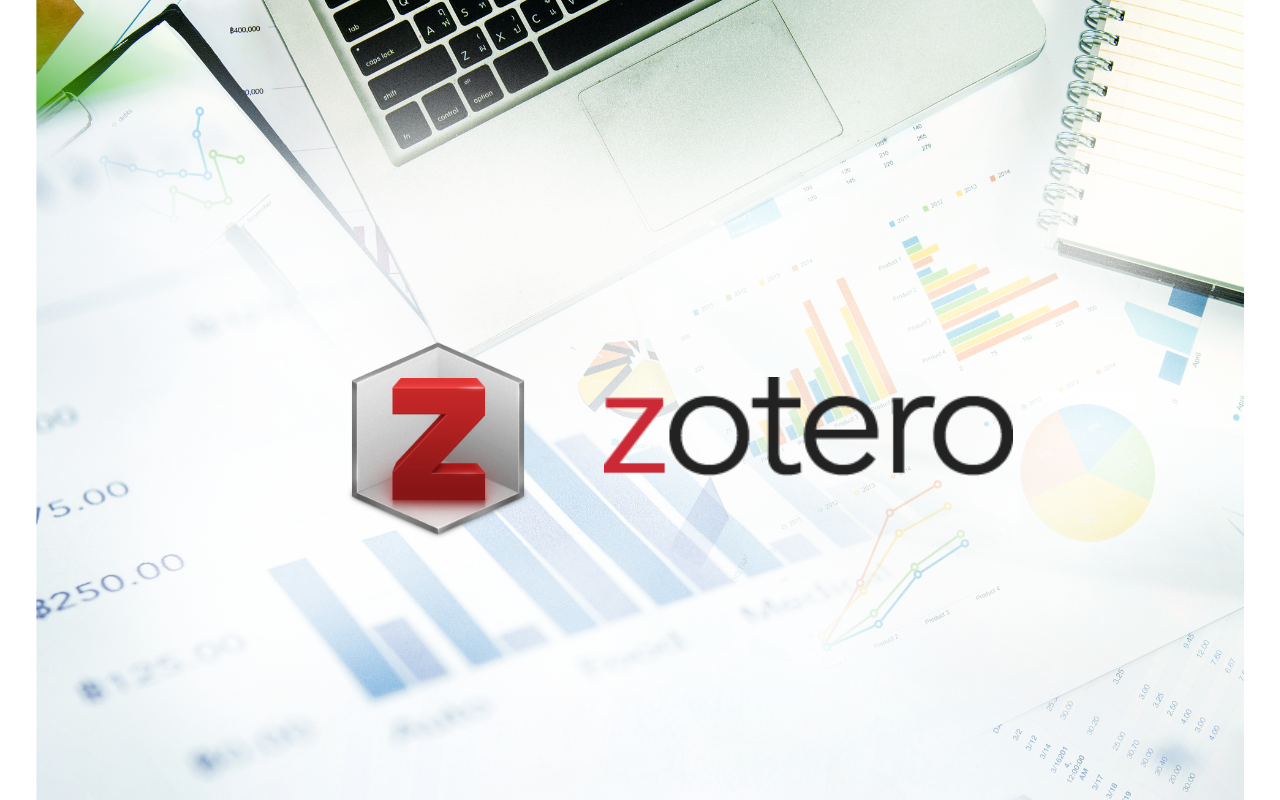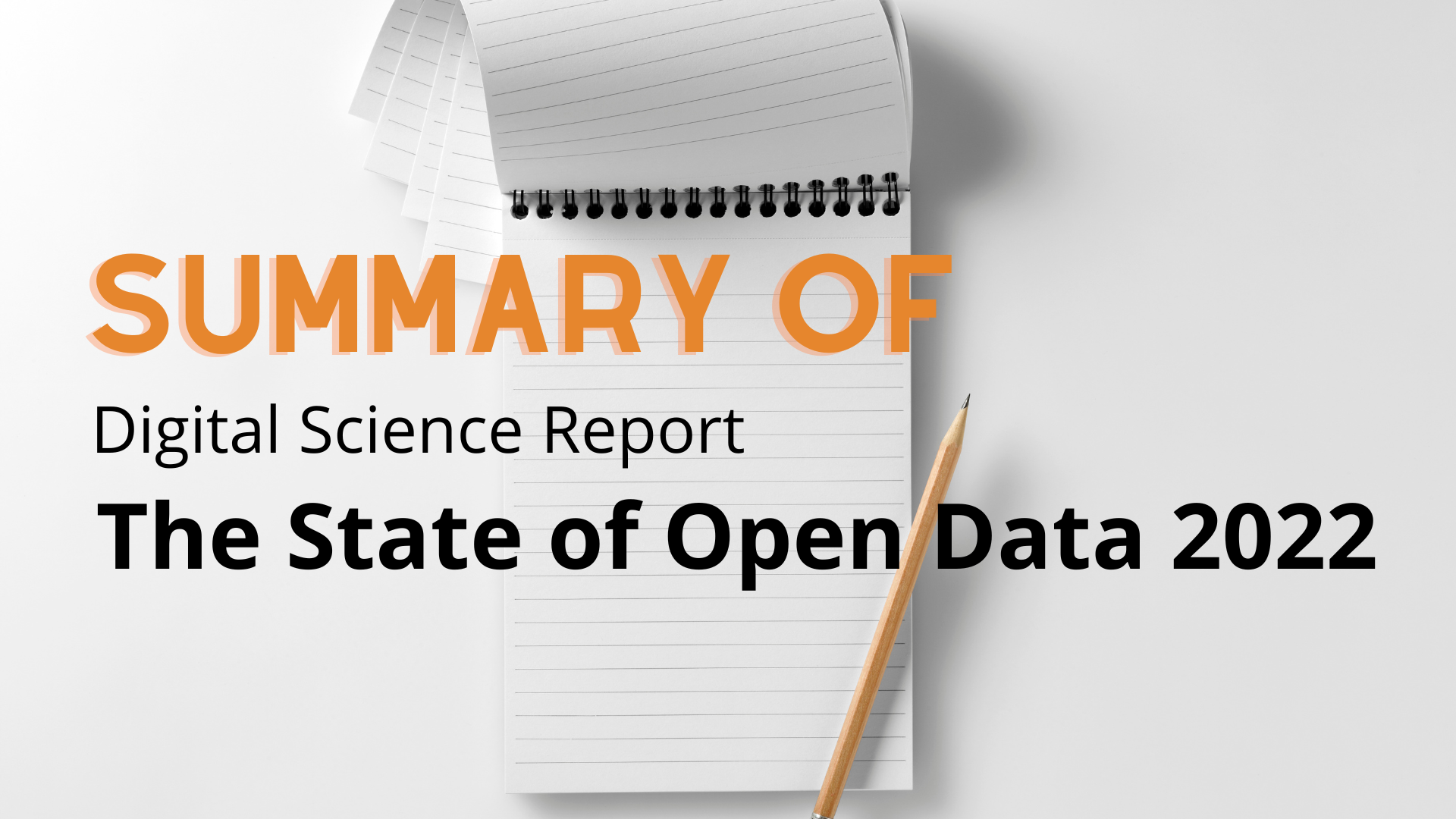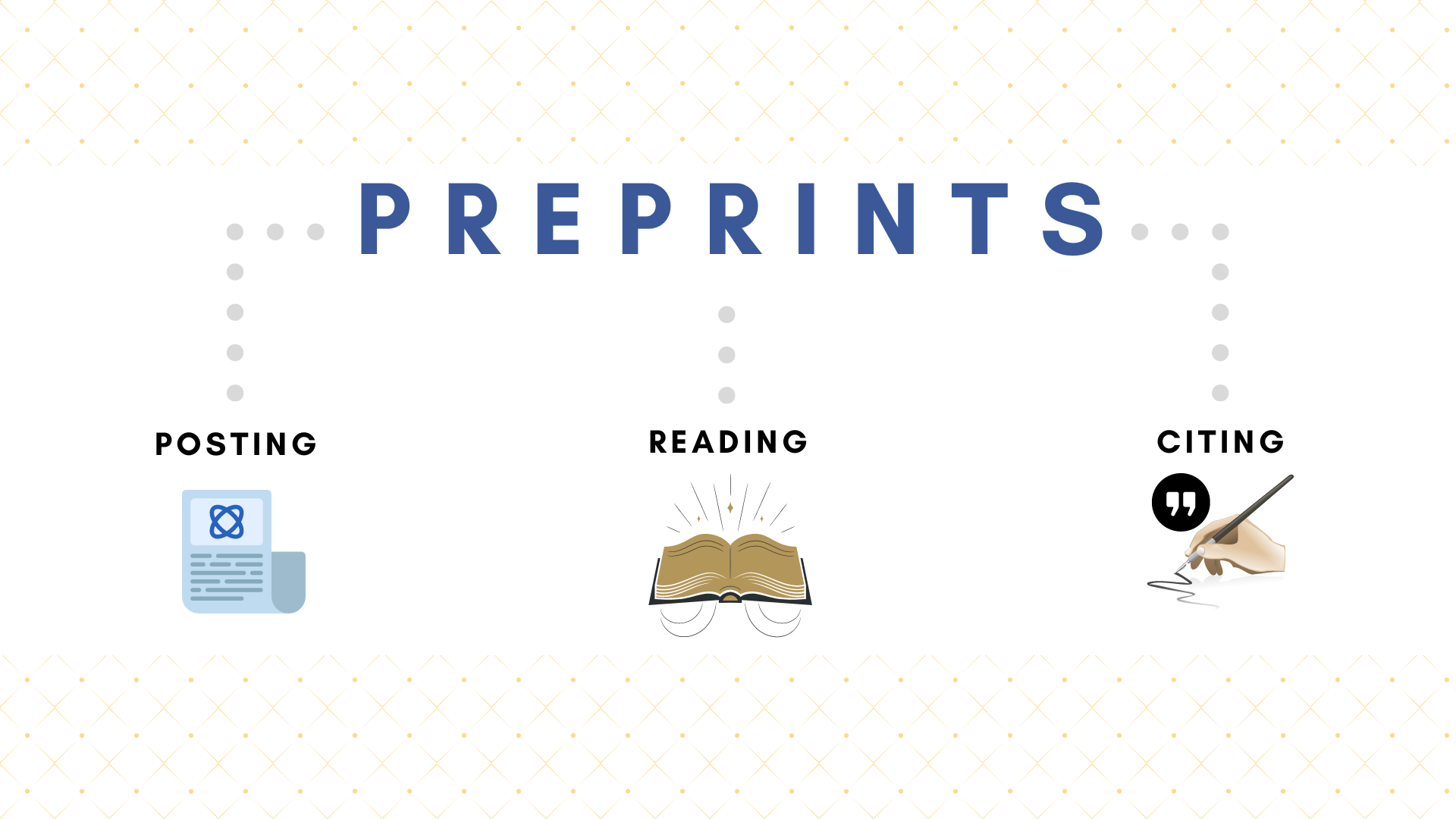
Zotero: Managing Research Materials in a Better Way
Post Views: 8,713 — by James Chen Struggling to manage all your academic papers and still spending hours manually editing the citations and references list? Don’t worry. In this blog, we will introduce a reference management tool called Zotero, which will assist you in reading, citing, referencing, and managing academic papers more efficiently. 1. What…
Read More
State of Open Data 2022
Post Views: 927 — by Fanny Liu The State of Open Data 2022 survey was conducted in May – July 2022, and received over 6000 responses by respondents from across different regions, in different fields of interest, and at different career stages. Most trends are encouraging around the adoption and acceptance of open data. A…
Read More
Event Summary – Open Science and Open Access Publishing: Integrity and Innovations
Post Views: 918 — by Fanny Liu The Open Science and Open Access Publishing: Integrity and Innovations event was a great success with around 150 researchers, students, editors, and librarians from countries across the Asia-Pacific region! Organised by HKU Libraries and supported by iGroup Asia Pacific, PLOS, and DOAJ, the event was held on 28…
Read More
Open Science and Open Access Publishing Webinar 2022
Post Views: 950 — by Florence Ng The HKU Libraries is organizing a webinar regarding Open Science and Open Access Publishing on 28 October 2022 (Friday) from 2:00 p.m. to 4:00 p.m. (Hong Kong time). Guest speakers from iGroup Asia Pacific, PLOS, and DOAJ are invited to deliver speeches related to open sciences and best…
Read More
How to Identify and Avoid Disinformation and Misinformation
Post Views: 1,858 — by Florence Ng Disinformation or misinformation is not a new phenomenon and they could be found anywhere in our daily lives. They may not only affect us in economical or social aspects, but also in academic studies and scientific research. First of all, let’s see the definitions of both “disinformation” and…
Read More
Connected Papers: A visual tool that helps speed up your literature search
Post Views: 12,859 — by Stella Chow Struggling to search research papers by inputting keywords or topics in the traditional databases or Google for your literature review? In this blog, we introduce Connected Papers, a visual tool to help speed up literature searches and explore academic papers. About Connected Papers Connected Papers is a handy…
Read More
Top HKU Researchers: the Research.com Rankings
Post Views: 2,681 — by Florence Ng The University of Hong Kong (HKU) has a highly talented pool of scholars and researchers in a wide range of expertise. Our researchers have built impressive profiles with their innovative, high-impact and leading-edge research, and at the same time, made efforts in transforming their intellectual output into values…
Read More
Communicating research impact in academic CVs
Post Views: 3,183 — by Fanny Liu CV, an abbreviation for the Latin curriculum vitae, meaning “course of (one’s) life”, presents a detailed summary of academic background and degrees, job experience, research, publications, presentations and lectures, honours, and other accomplishments (Rogers). You may need it for job searching, awards, fellowships, funding applications, tenure review and…
Read More
Ways to boost your citations – Data Sharing
Post Views: 1,565 — by Florence Ng Data sharing is getting support from the academic communities as favourable practice in scholarly publishing. It can enable researchers to replicate findings, build on others’ expertise, and reuse existing data for making new discoveries (Gilmore et al., 2018). While it brings key benefits to scientific progress and the…
Read More
Preprints 2: Concerns and Implications
Post Views: 1,691 — by Fanny Liu Following the previous post on introduction and benefits of preprints, this blog post will briefly introduce concerns on preprints and some implications to readers and authors. Missed the previous post? Check the post here. Concern of preprints Quality While preprints play an unprecedented role in promoting timely dissemination…
Read More